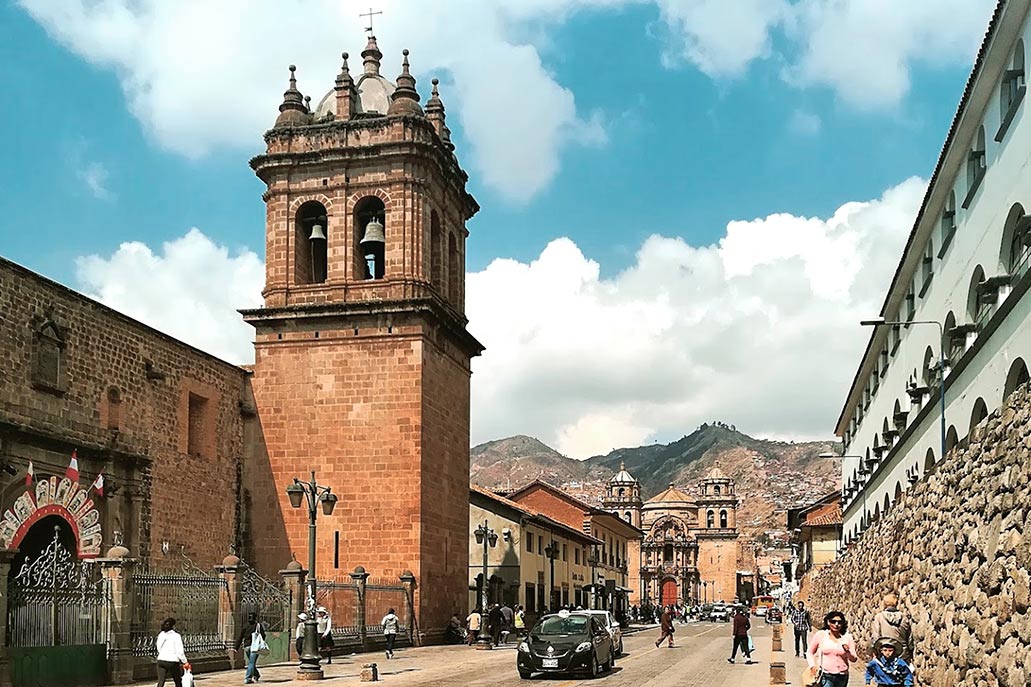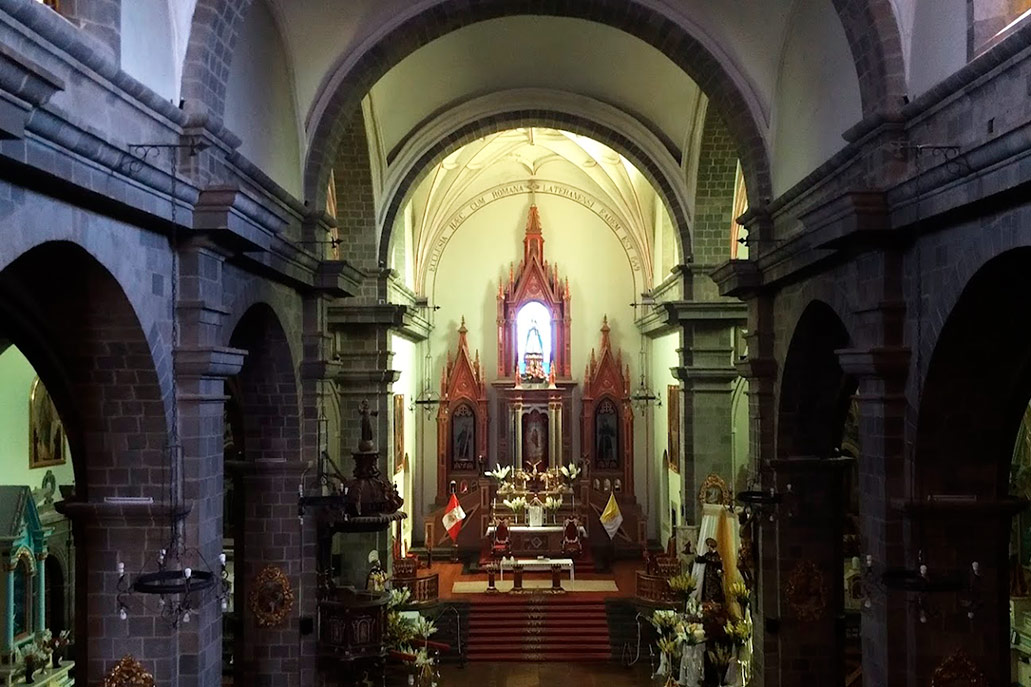Importance of the church and convent of Santa Clara de Cusco
Cusco is home to a large number of tourist attractions. The large number of religious buildings, located in different parts of the city, were the main tool to train, educate and impart religious teachings. The evangelization process was a task of vital importance for the Spanish crown. In this sense, you can find many convents and churches with similar characteristics but all of them fulfilled the same function. The church of Santa Clara is an example of this.
Contenido
The convent of Santa Clara has had archives since 1550. At first, its foundation was thought of as a facility in charge of collecting, raising, and indoctrinating poor maidens. For this reason, in the middle of the year 1551, they sought to have a place where women could be cared for after they were picked up or rescued from situations that put them in danger.
The first institution in charge of carrying out this task was called San Juan de Letrán. This first asylum, since its creation, received many donations and was located in the current area of the Santiago square.
Over time, its name was changed to the current one, that is, Santa Clara. In addition, he received the rank of convent. The importance of maintaining this institution required a lot of effort and sacrifice. Above all, before construction begins, which we can visit today.
In the year 1660 the construction of the convent began. Two years earlier (1558) 24 girls who lived in the cloister had been registered. This time they were already located in a new territory in the house of Alonso Díaz; current Casa Cabrera near the Nazarenas square.
1. History of the Santa Clara Convent of Cusco
The Convent of Santa Clara in Cusco, is recognized for fulfilling a double function, since its inception. The first function is to be an institution in charge of forming Poor Clares in the service of God and the second of recollection. However, there is some documentation that details that at the same time he gave a home to orphans. It is estimated that 40 mestizo maidens lived. Together with 12 blessed of Spanish origin. Later on, 40 maidens and 24 nuns continued to live. The minimum dowry for those who wanted to profess vows was 1000 pesos.
In the year 1602, Viceroy Diego López de Zúñiga y Velasco began the construction of the building on the Qorpacancha land. To a large extent thanks to the donations of Beatriz Villegas from Cusco. After 20 years of construction, the Poor Clare nuns were finally able to start living together in that enclosure.
Despite the fact that the convent admitted and admitted mestizo maidens and from a variety of social strata. It was possible to distinguish that they were not the majority of the population within this institution. They only admitted heiresses of large assets. While, in the Lima convents, it is said that they prioritized the entry of maidens who could hardly acquire or claim their inheritances. A condition of exit was to remain until the moment of marriage. In the case of Santa Clara de Cusco it was not a very clear option. The inmates could leave in case her parents look for them or simply have tired of paying the rights to keep her in captivity. It is said that some families also admitted these girls.
After bad administrative practices due to the increase in corruption in the viceregal capital and the difficult communication between Cusco and Lima. This Christian assistance began to collapse to such an extent that these policies were no longer encouraged. A special recollection for mestizo maiden women, like the one in Santa Clara, was not established or attempted after 1585. In this way, policies related to miscegenation were destabilized.
2. Architecture of the Santa Clara convent
As usual, monasteries have two doors, both on the side wall. These Renaissance-style doors are surrounded by carved stone pilasters in the shape of cushions. Other columns on the sides of the door are in the Corinthian style. The bell tower was the only one that suffered damage during the 1650 earthquake. This tower has expressive Andean Baroque motifs.
It has an Elizabethan style plan, that is, its structure is a single nave. The groin vaults that can be seen show the age of the construction. The altar of the church has large decorations of golden rosettes. The walls conserve to the present day decorative murals from 1646. The altarpieces are surrounded by mirrors. It is said that probably below these you can see the original figures of the saints. In the main chapel you can see some saints of the Franciscan order. The most striking thing about this church is that its main altar is also covered with mirrors, in this sense, for these reasons it is given the nickname “The shining church”.
3. The interior of the Santa Clara Church
As in all churches and temples, you can find a great diversity of canvases. The main decoration of this church is based on large canvases that narrate the life of the Virgin. These canvases are located on the side walls.
The canvases have detailed frames that show the artistic excellence of the representatives of the Cusco baroque. Some of the most famous or most exclusive canvases are the Adoration of the Shepherds, The Annunciation, The Epiphany, The Visitation, the Flight into Egypt, among others. All of them, as we already mentioned, from the Andean Baroque school. It has different decorations based on mirrors and glasses throughout its interior.
4. Important Information
- The Santa Clara convent is only 600 meters from Cusco’s main square. In the direction of the San Pedro market, along Santa Ana street. For this reason, you can visit this place on foot.
- The visit to the Santa Clara church can be done free of charge during mass hours.
- When you are visiting the church of Santa Clara, remember that it is forbidden to take pictures and keep the corresponding silence in respect to the faithful.
By Imachupicchu – Last updated, August 22, 2024

